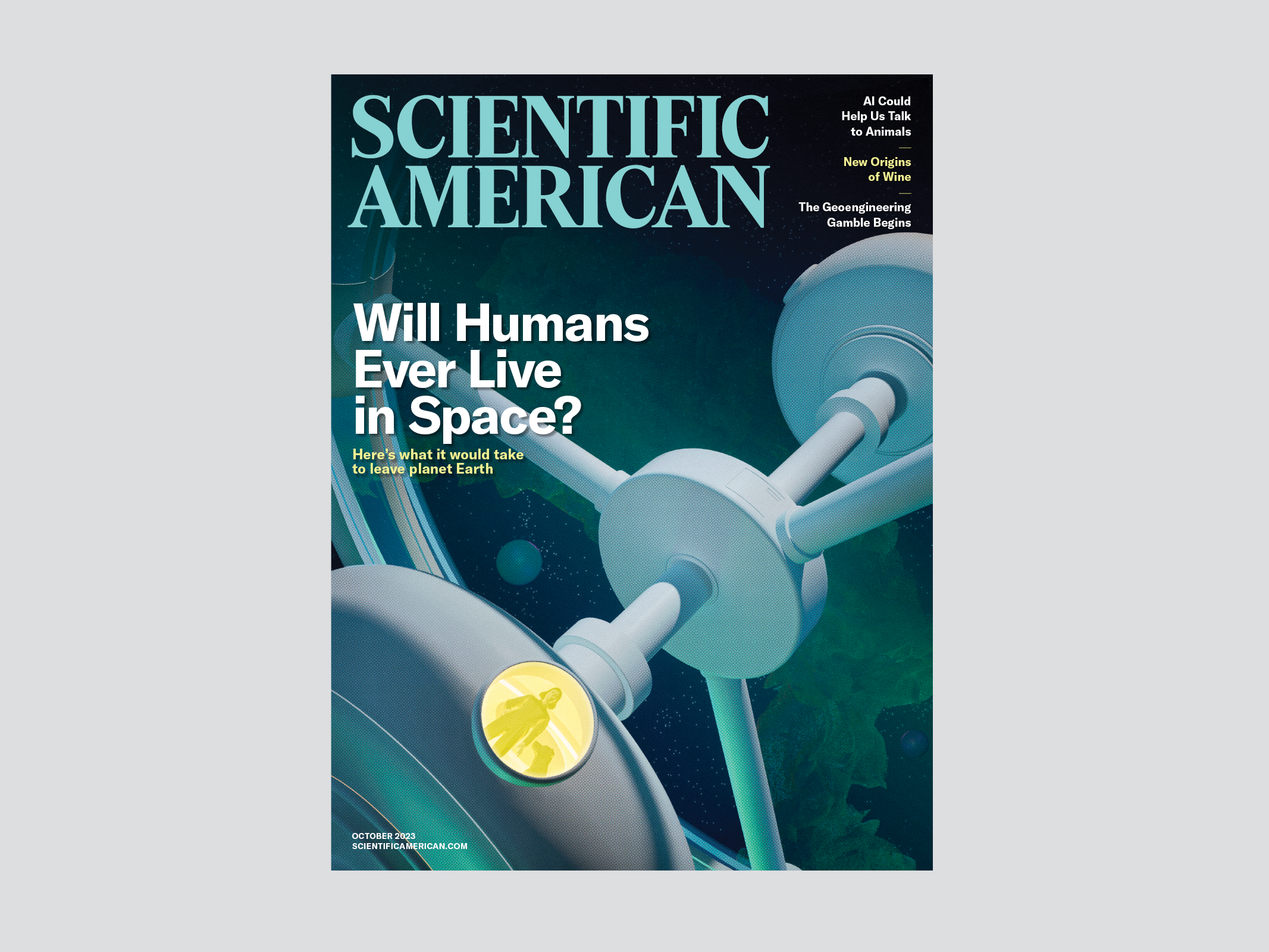Effectively, it’s arduous to imagine, however we redesigned Scientific American—once more.
At this time we introduce the redesign to the world. Whereas I’m proud to have been ready to do that twice, it’s arduous to imagine how a lot work that was finished. (And after I say “we,” I imply the entire workers with the help of the design agency Pentagram. It couldn’t have been finished with out everybody’s assist.)
Once we determined to revamp the journal virtually a yr in the past, we weren’t upset with the way in which it’s seemed over the earlier 12 years however reasonably needed to convey new life to it and hold issues related as a result of the world has modified an awesome deal since our redesign in 2010. Particularly, the panorama of publishing has shifted just like the supercontinent Pangaea, in contrast with the continents right now. Extra importantly, our on-line presence has expanded in ways in which the founders of this venerable establishment may solely dream of. That left us with some actual questions on our look that we would have liked to type out. Whereas our web site has quite a lot of site visitors, its visible presentation had been distinctly crafted for our print viewers. So this was a main driver and need for change: ensuring that we stand out because the premiere science publication within the U.S. and world, each in print and on-line.
The very first thing we explored was our branding. This helped us to set the tone for Scientific American as an entire and to make good, concrete selections concerning the total design. We knew we needed a extra trendy strategy to the model, but it surely was essential to not alienate the readers now we have, and it was good to have the ability to take a look at our 178-year historical past for inspiration. The Pentagram group seemed via our archive to tug concepts and begin down this highway. The brand that we had been transferring ahead from was actually a nod to our 1948–2001 interval, one that’s fondly remembered by lots of our present readers.
This was our place to begin. The Pentagram group, along with Scientific American, began occupied with new instructions. Our intention was to evolve the model to a extra trendy interpretation of what now we have been however to be sure that our on-line presence was simple to learn and clear throughout all platforms. To do that, we seemed on the placement of our model throughout the Web, particularly on social platforms equivalent to Instagram, Twitter (now X) and importantly TikToK, the place we needed to make a push of our model. Crucial a part of the brand improvement was to be sure that there was a connection between the small icon generally known as a “favicon,” or what we lovingly name the “meatball,” and the model brand. To that finish, Pentagram explored some choices, and we had been offered with the next.
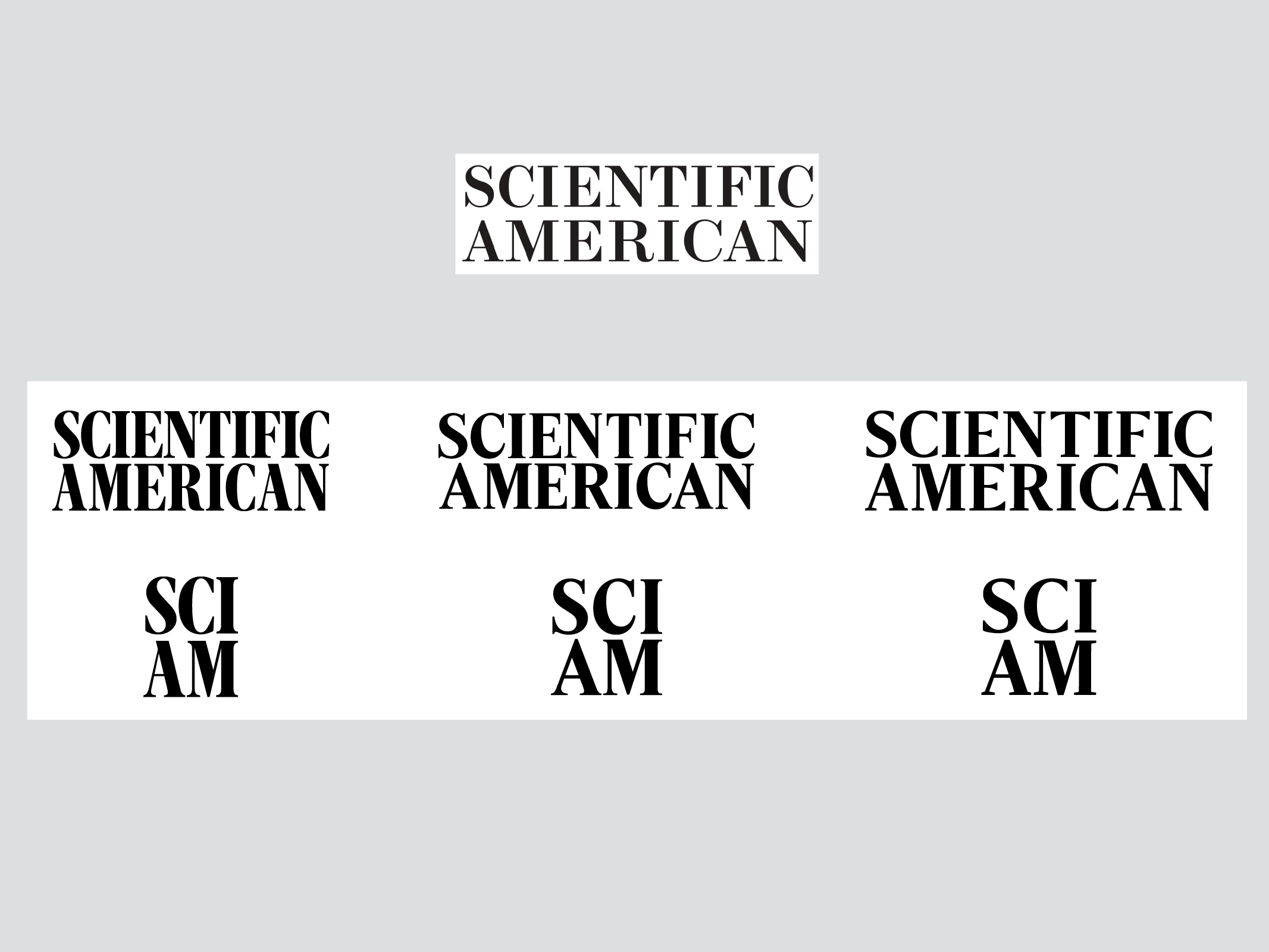
All of those mirrored our wealthy historical past and “talked” to it in order that the model wouldn’t really feel utterly modified from our final redesign. And all had pluses and minuses to me and the workers. We had been in a position to focus on this and crowdsource opinions amongst us. When the mud settled, we selected this alternative.
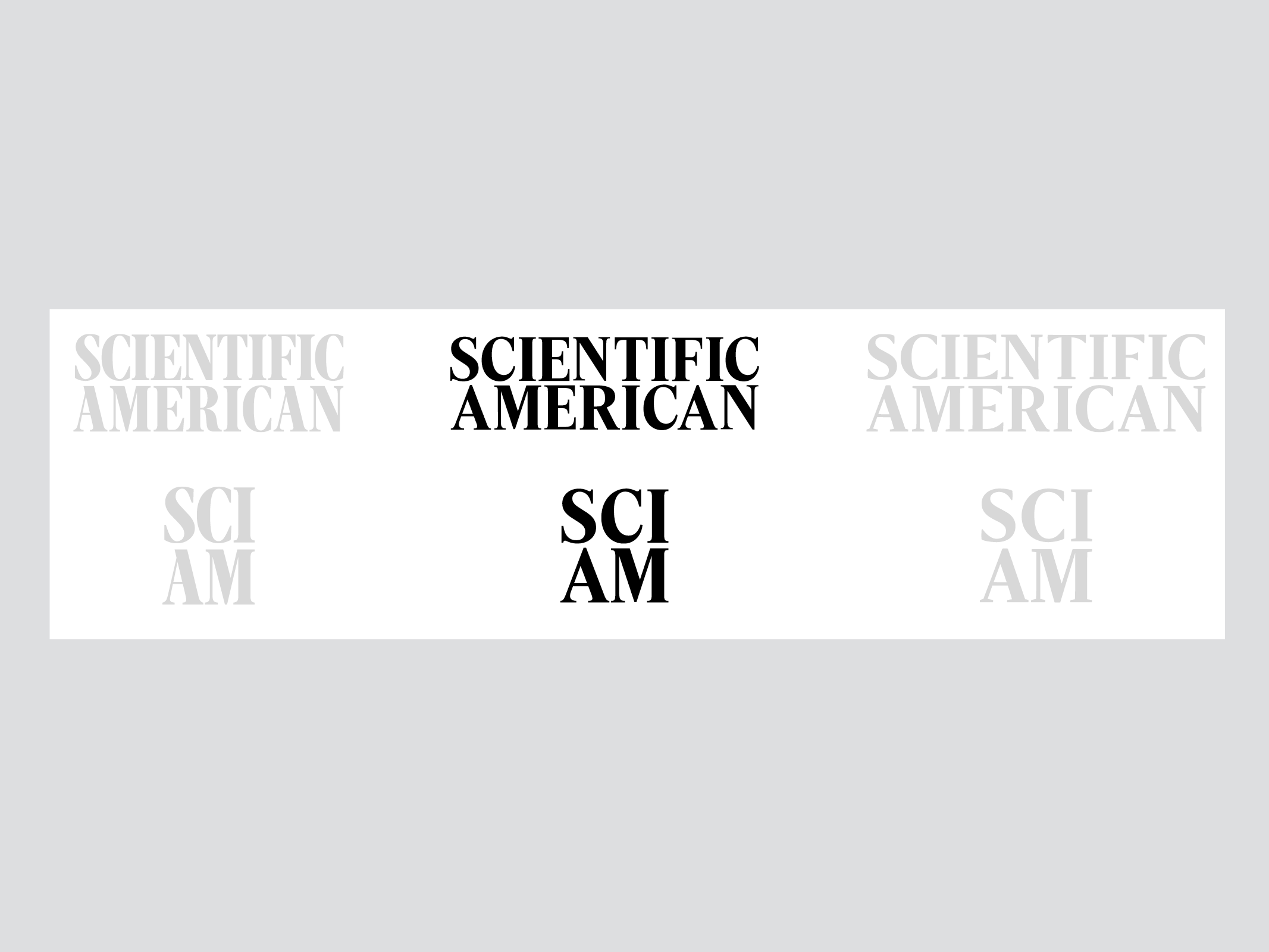
It might look like this was all we’d want, but it surely was only a new place to begin our subsequent steps. We then refined the brand and favicon to be sure that they “felt” proper. As you may see under, we moved many of the letterforms to assist shut up gaps and make the brand and model really feel as essential as it’s.
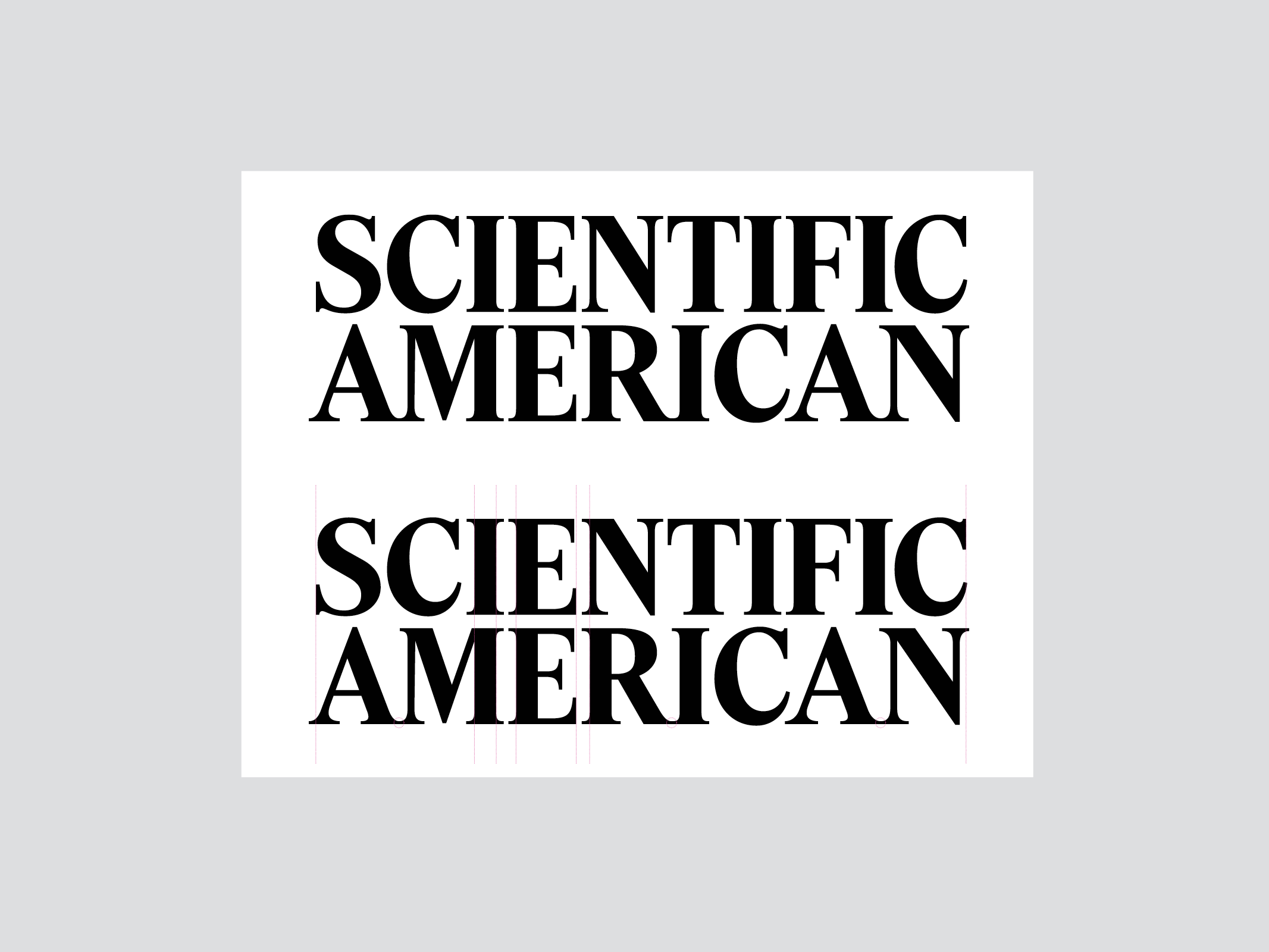
This additionally began the brand new path about how this brand would affect our publication and on-line model. One factor we knew we may do was change the general look of the whole printed journal. Our redesign must be extra restricted on the Web as a result of a lot of our on-line model is unfold throughout different websites. But a few of its affect would nonetheless be felt even on the websites that we had little management of. The branding is essential to make an overarching presentation of our model, however the pictures, graphics and different design additionally assist to keep up our visible id all through the Web.
The very first thing we did for the print publication was take into consideration an total grid construction to underpin the whole challenge. We most well-liked a versatile grid that might enable for max effectivity with our design.
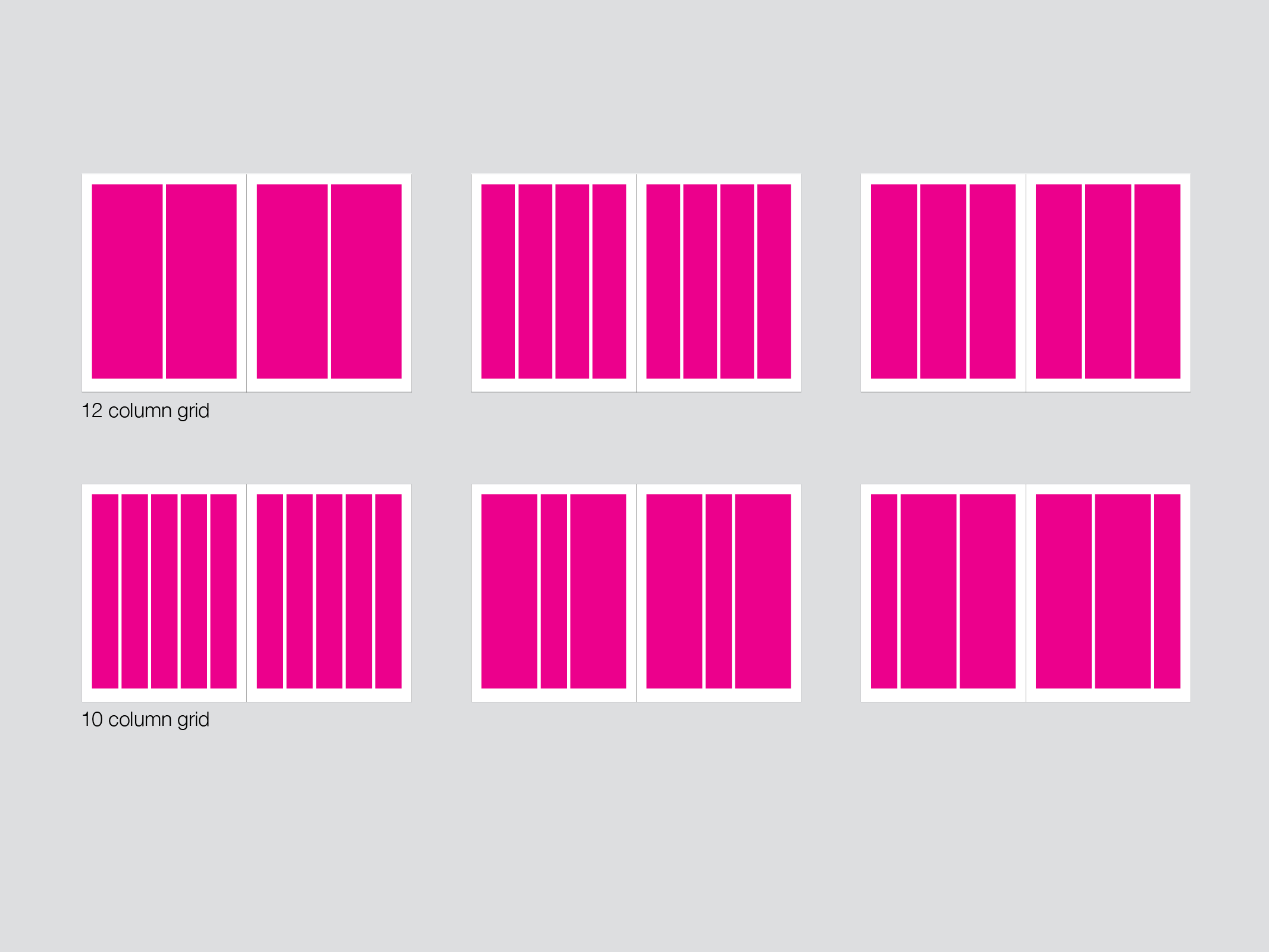
It additionally helped affect our font decisions. Along with a extra trendy and modular presentation, we additionally needed to be sure that we had been pondering of the reader. (For instance, we needed to make the sort a bit bigger to make it simpler to learn.)
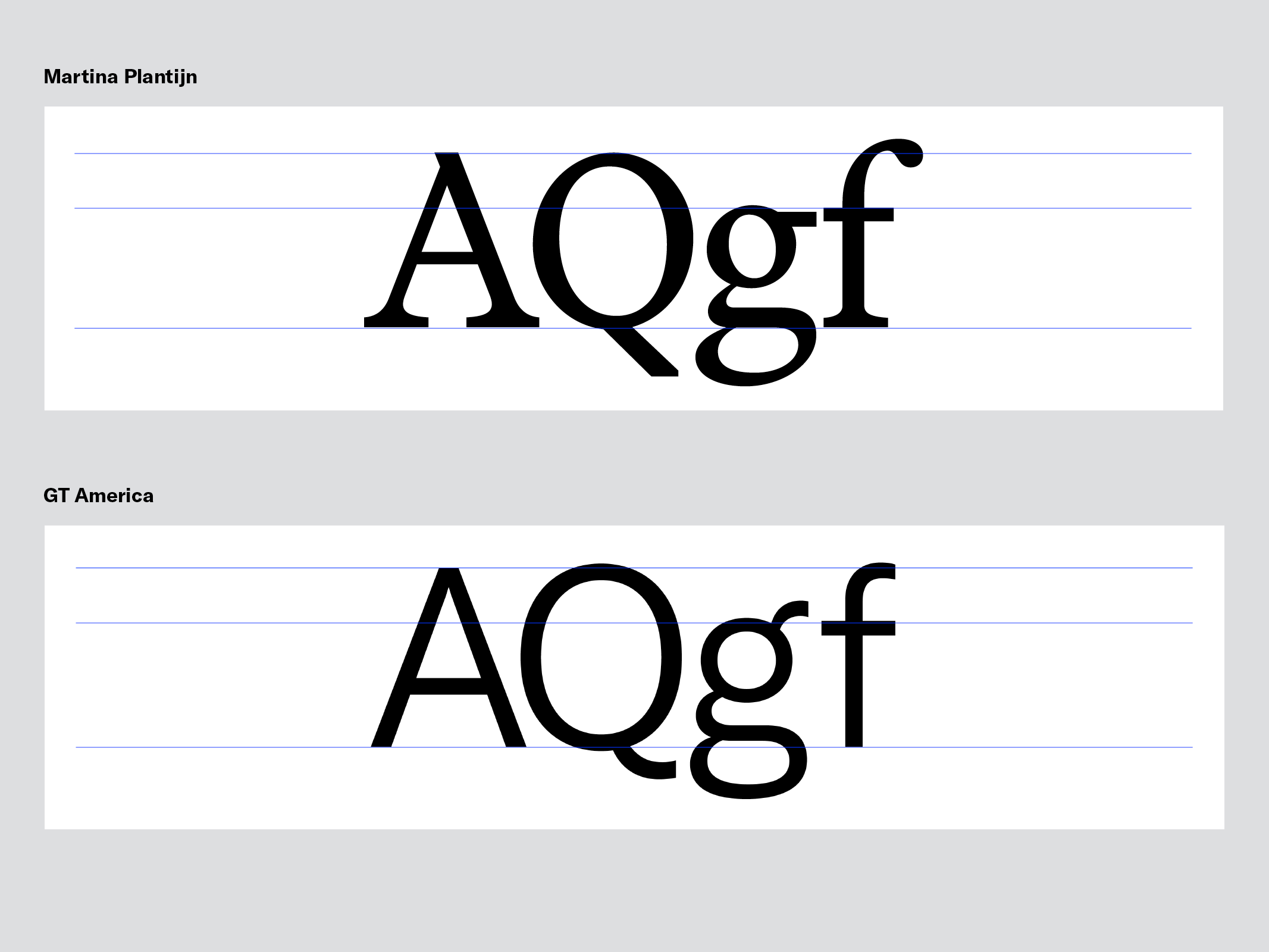
The 2 new typefaces above may even ultimately translate to our web site and contribute to a uniform look we wish to have between our channels (on-line and in print). They may even assist with total manufacturing by making it less complicated to make shows for each channels.
Now we had been actually transferring forward. Seeing the print designs allowed us to begin actually occupied with what the problems and their contents would possibly appear like: bolder, simpler to learn and one thing a bit completely different, a bit extra enjoyable. For the final merchandise, we needed to make the knowledge extra approachable. A contemporary twist on this was to take what we had been doing, a really black-and-white presentation of our brand and contents, and make it extra colourful and interesting. The print version particularly can have extra coloration and design to assist readers interact with the tales.
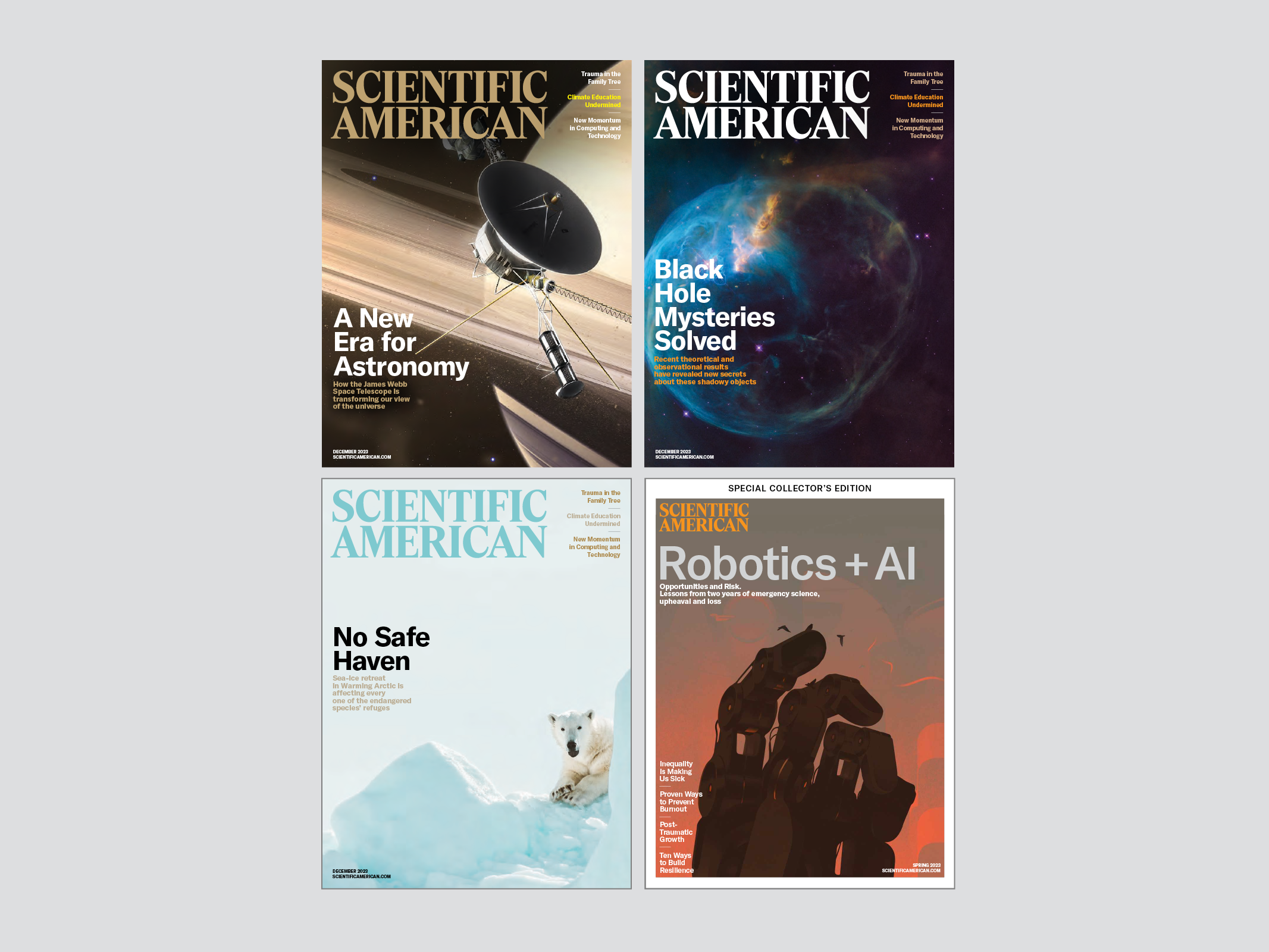
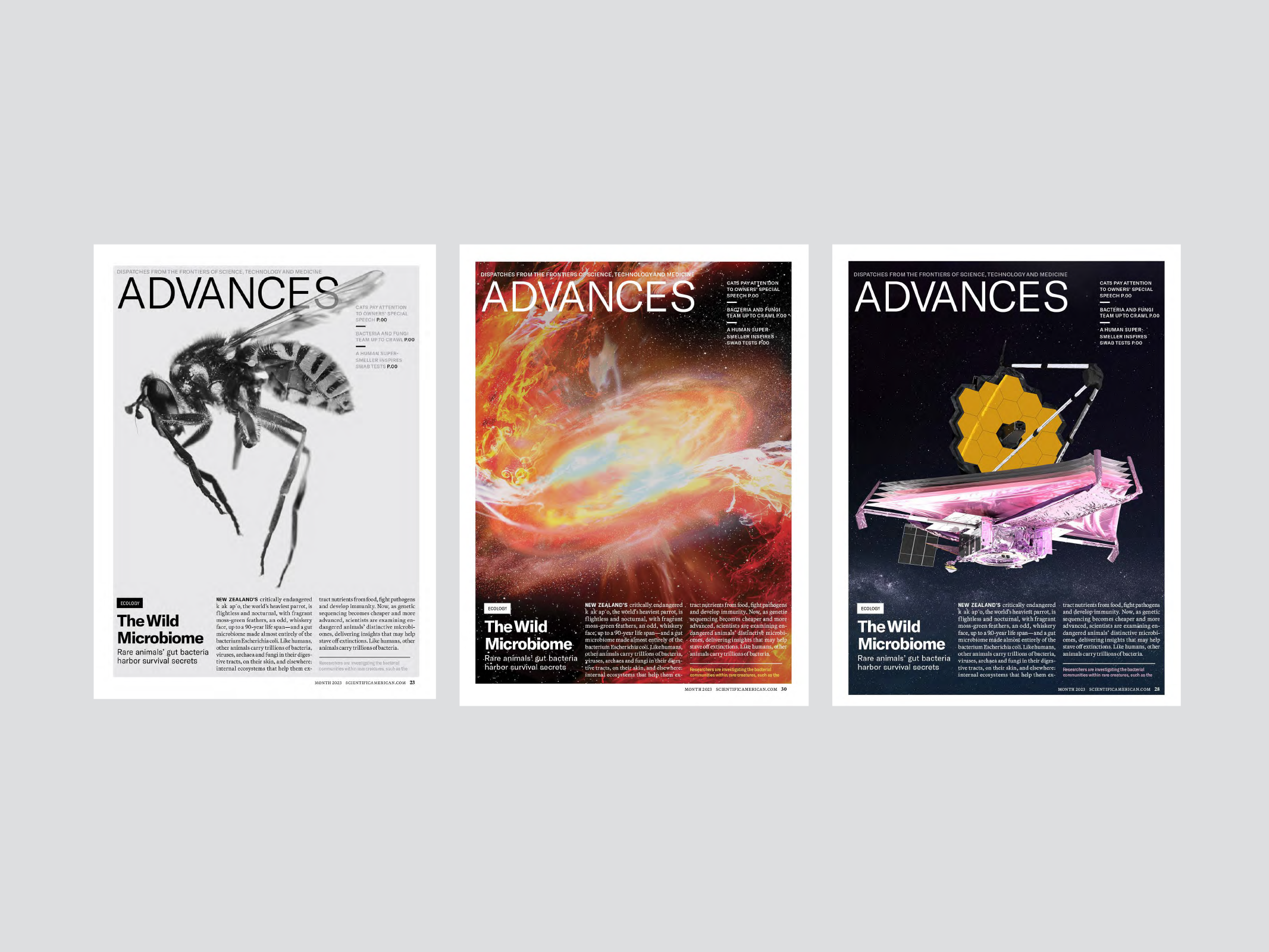
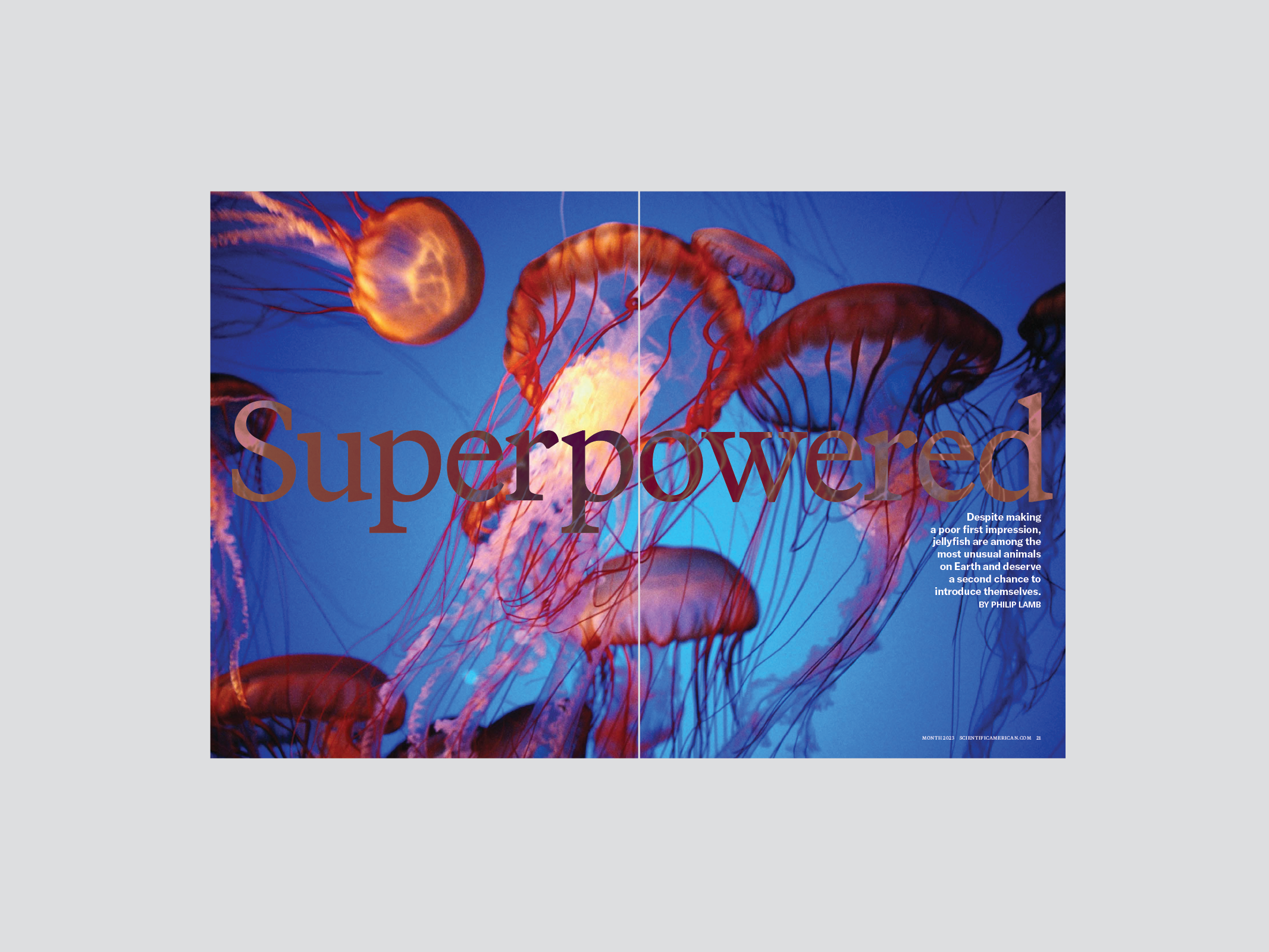
Along with the brand new branding, within the subsequent few months, with novel infrastructure in our on-line hierarchy, will see a brand new construction that can make the web presentation way more approachable and permit the wonderful tales that we’re producing to have that rather more impression.
Because of our design companions at Pentagram—Luke Hayman, Shigeto Akiyama and Rob Hewitt—and particularly our workers, our editor in chief Laura Helmuth and our president Kimberly Lau for being so supportive and useful on this lengthy satisfying course of.
